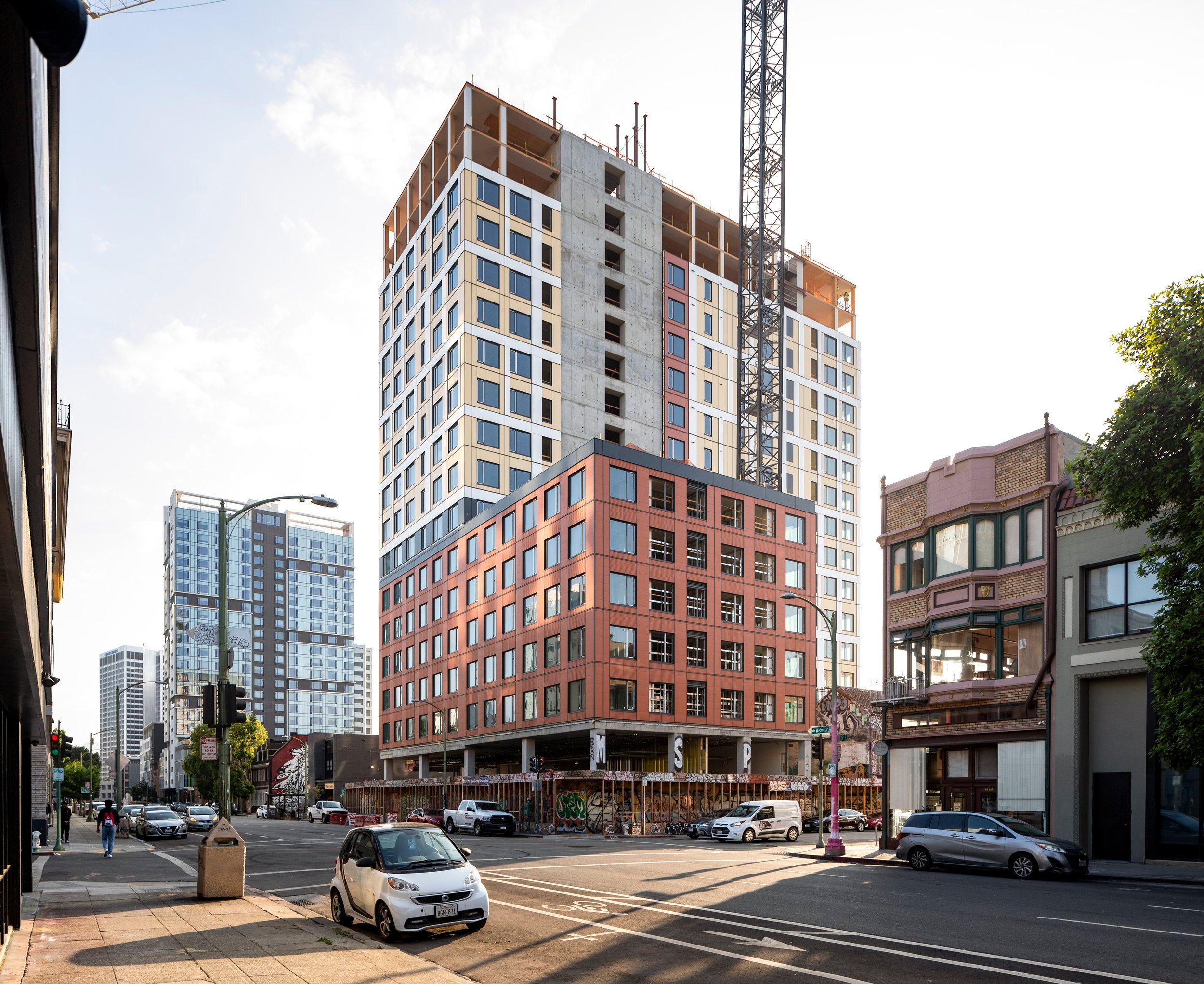4 MIN READ
3 MIN READ
Breaking Free from CEQA: A New Dawn for California Housing
July 07, 2025


One of the biggest obstacles to building new California housing has now vanished.
Virtually everyone active in real estate development in California has likely never experienced a time without CEQA—the California Environmental Quality Act. Signed into law by Ronald Reagan in 1970, its original purpose was to ensure that decision-makers and the public were informed about the potential environmental impacts of proposed projects. However, like many well-intentioned laws, CEQA eventually became a powerful tool for the NIMBY (Not In My Backyard) movement. Local governments could reject projects solely based on CEQA reports—no further justification required.
The tipping point for CEQA came in 2023, when a Bay Area court blocked the construction of student housing at the University of California, Berkeley. This case ultimately reached the California Supreme Court, which unanimously ruled in 2024 to allow the project to proceed. The ruling highlighted the mounting pressure on California lawmakers, driven by the state’s severe housing crisis.
A tangled web of regulations, compounded by lengthy approval processes, has left California lagging in building new housing. This has driven up property prices, effectively shutting out not just the lower class but increasingly the middle class from homeownership. The connection between CEQA and California’s housing affordability crisis is undeniable.
For the sake of my own sanity, I’ve chosen not to follow every twist and turn in California’s legislation too closely, but this recent rollback caught me completely off guard. It seemed to pass with surprising speed—perhaps we’ve just grown used to years of drawn-out, drama-filled public debates. To clarify, CEQA hasn’t been repealed. Instead, the new law introduces significant exemptions for certain projects. The most impactful of these exemptions applies to infill developments within city limits on parcels smaller than five acres—a category that covers roughly 90% of commercial projects.
While California still has a long road ahead before it can be considered "business-friendly," this change is undoubtedly a major step in the right direction.
See More Posts
LOAD MORE
2 MIN READ
Millennials Don't Want to Live Where They Can Buy
- Self Storage Industry
LOAD MORE
